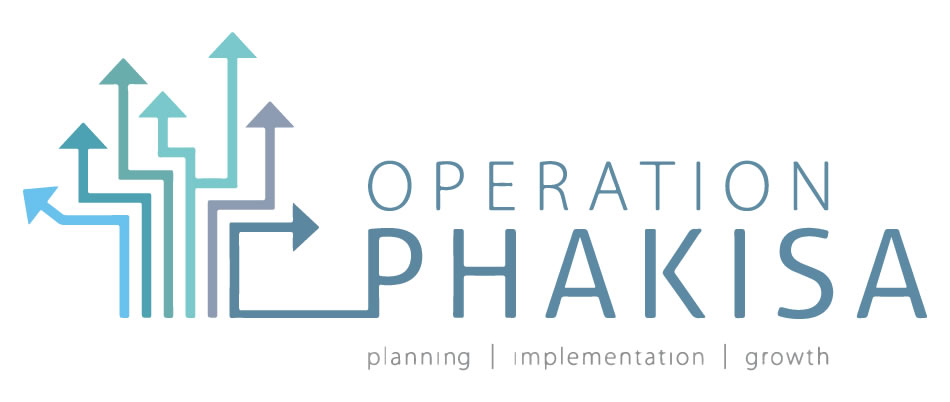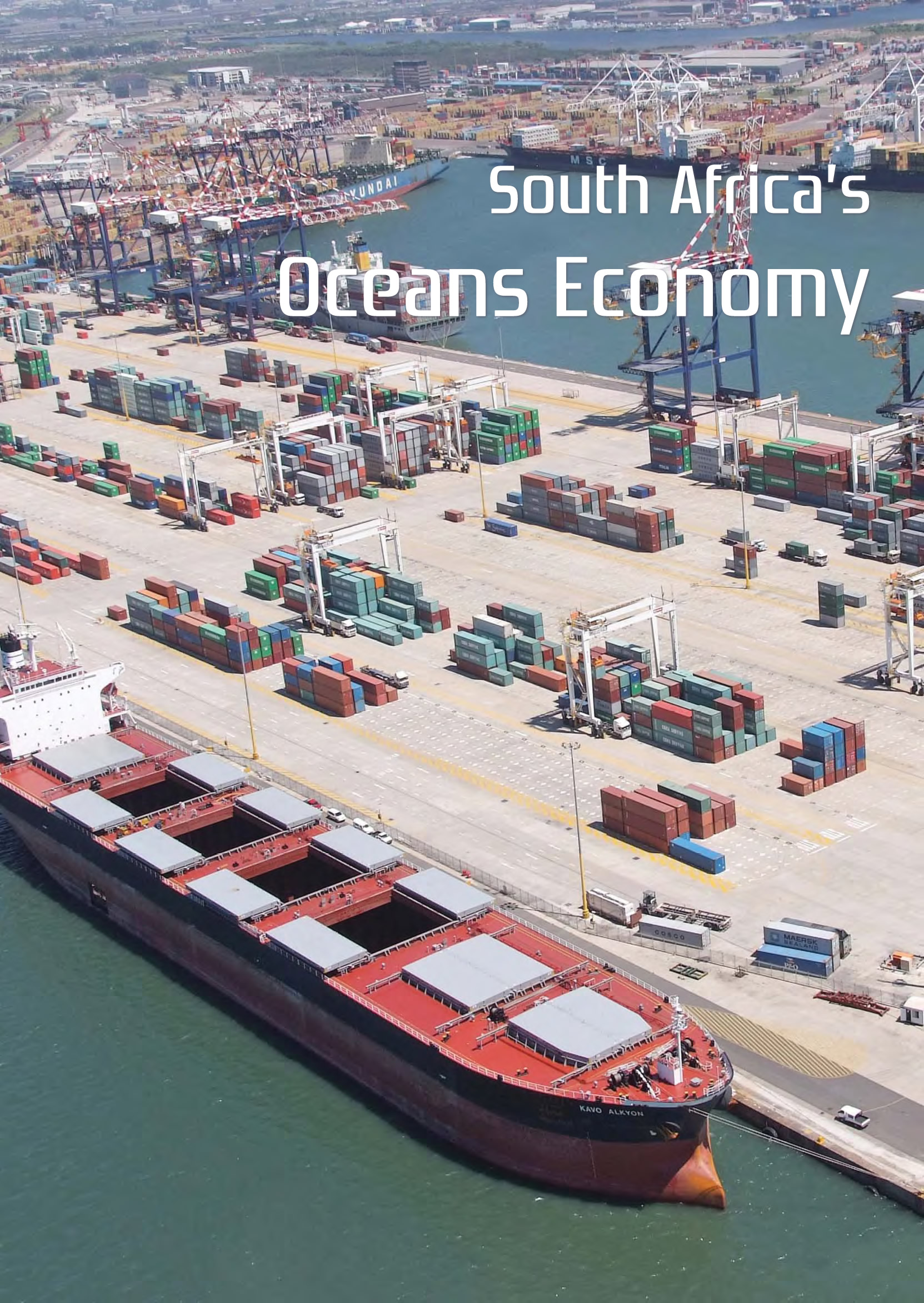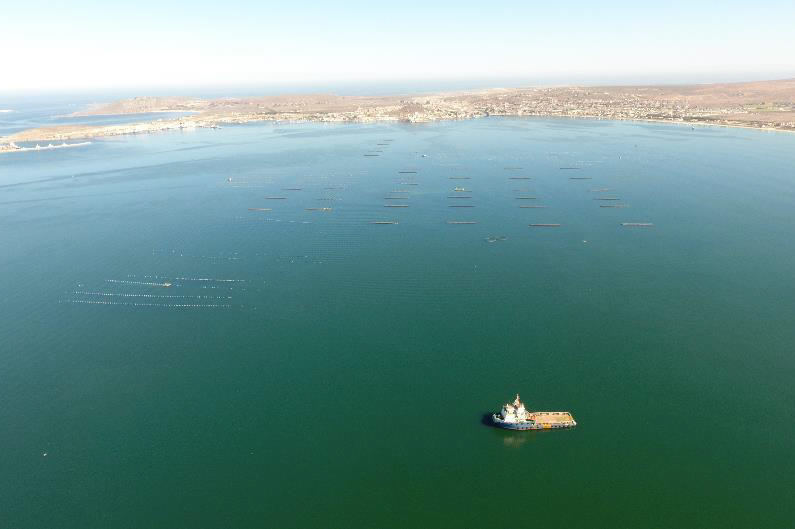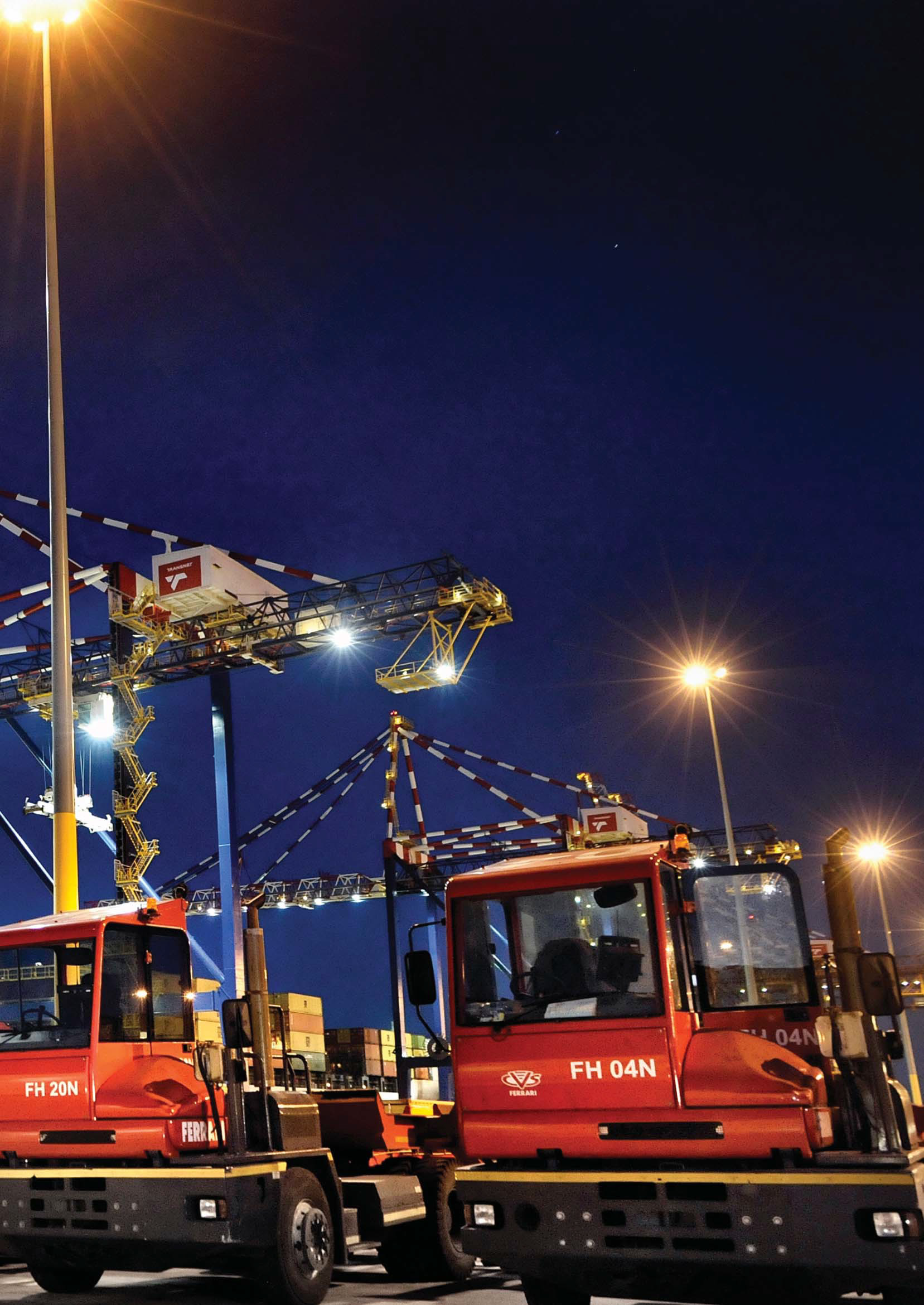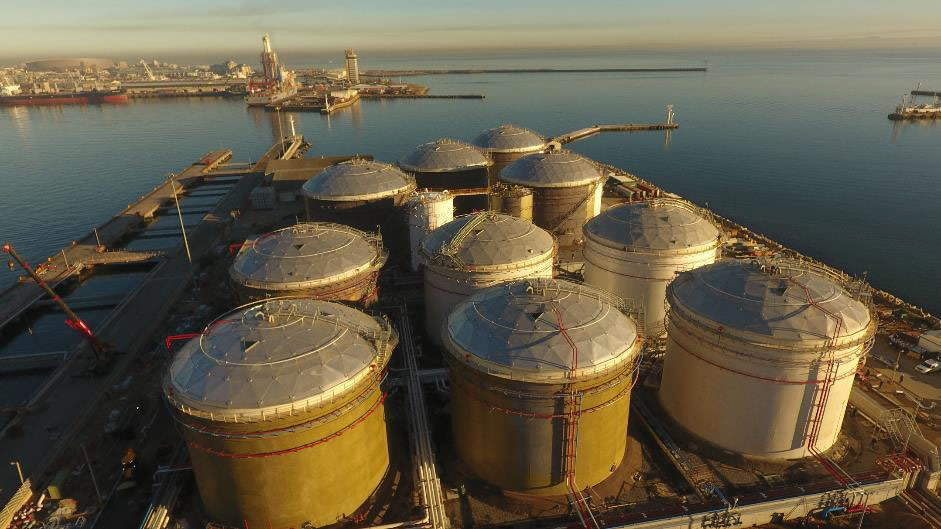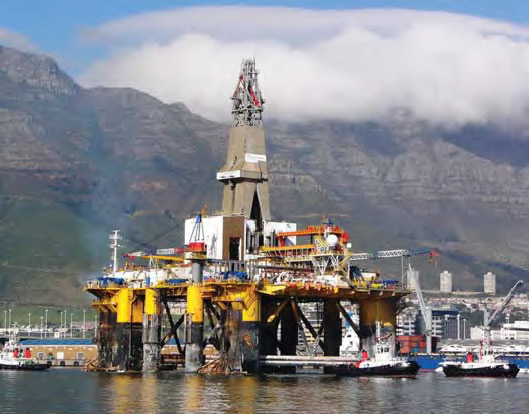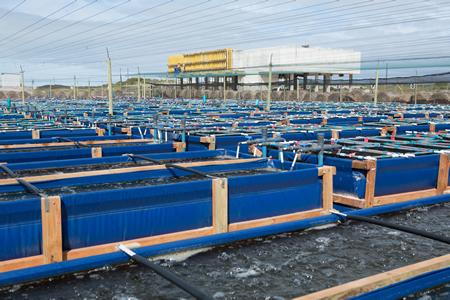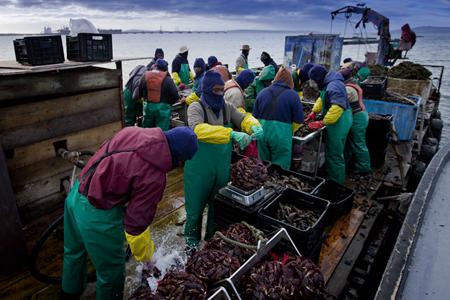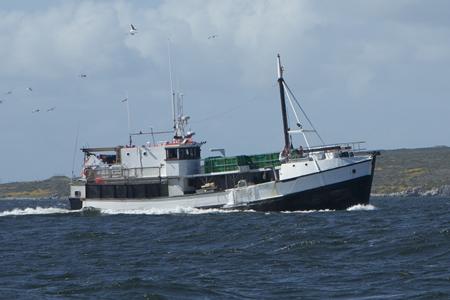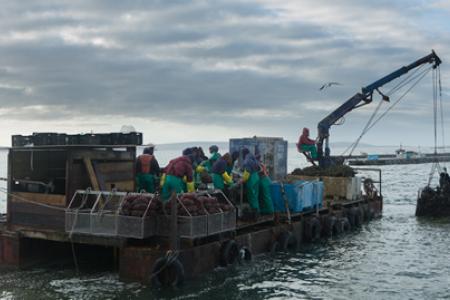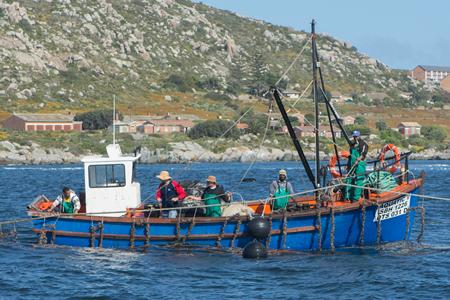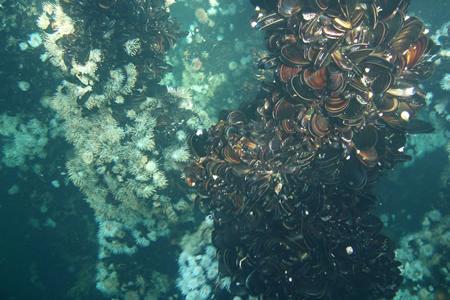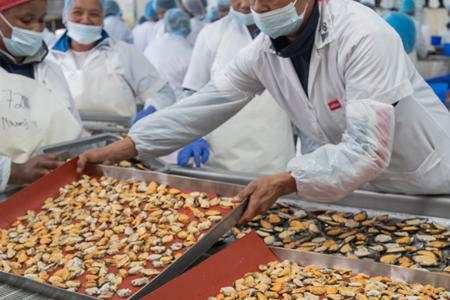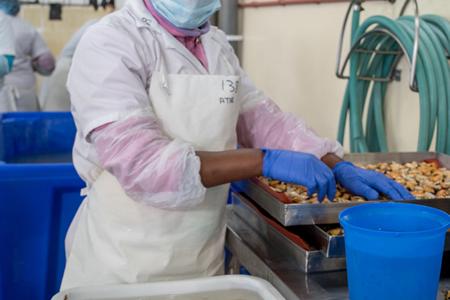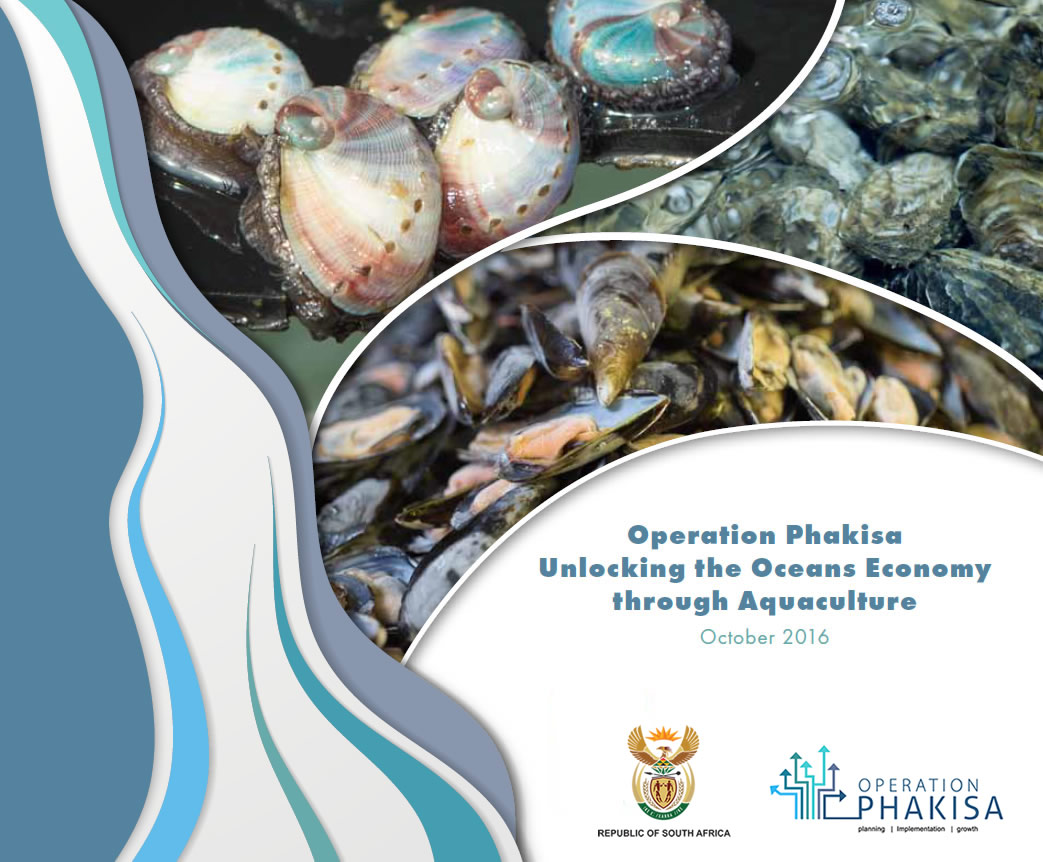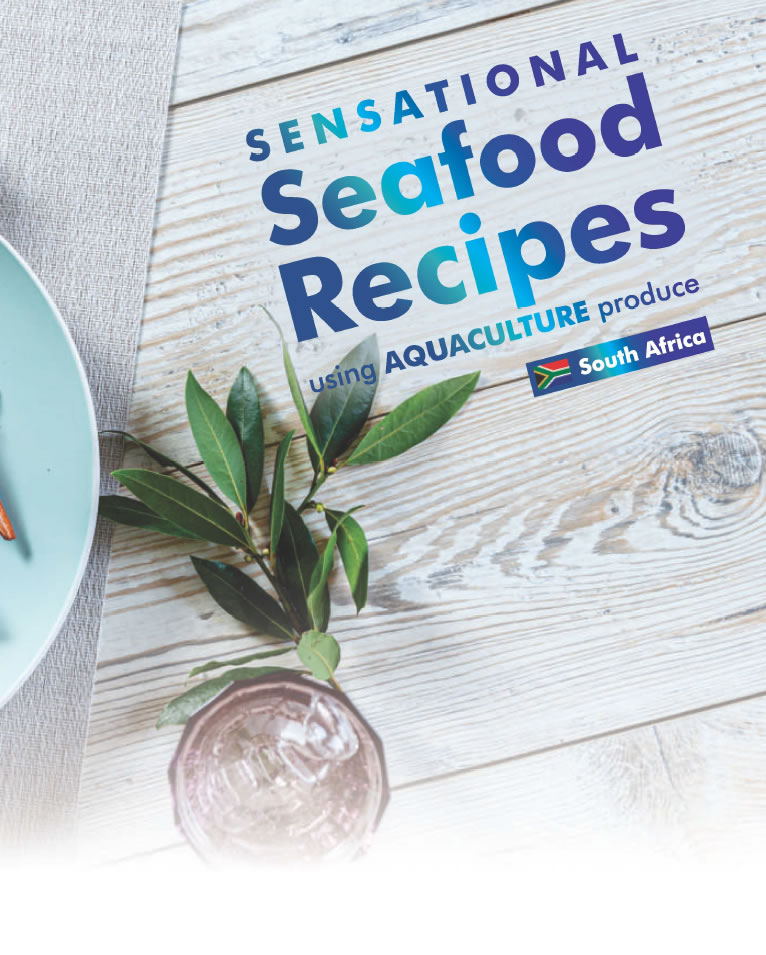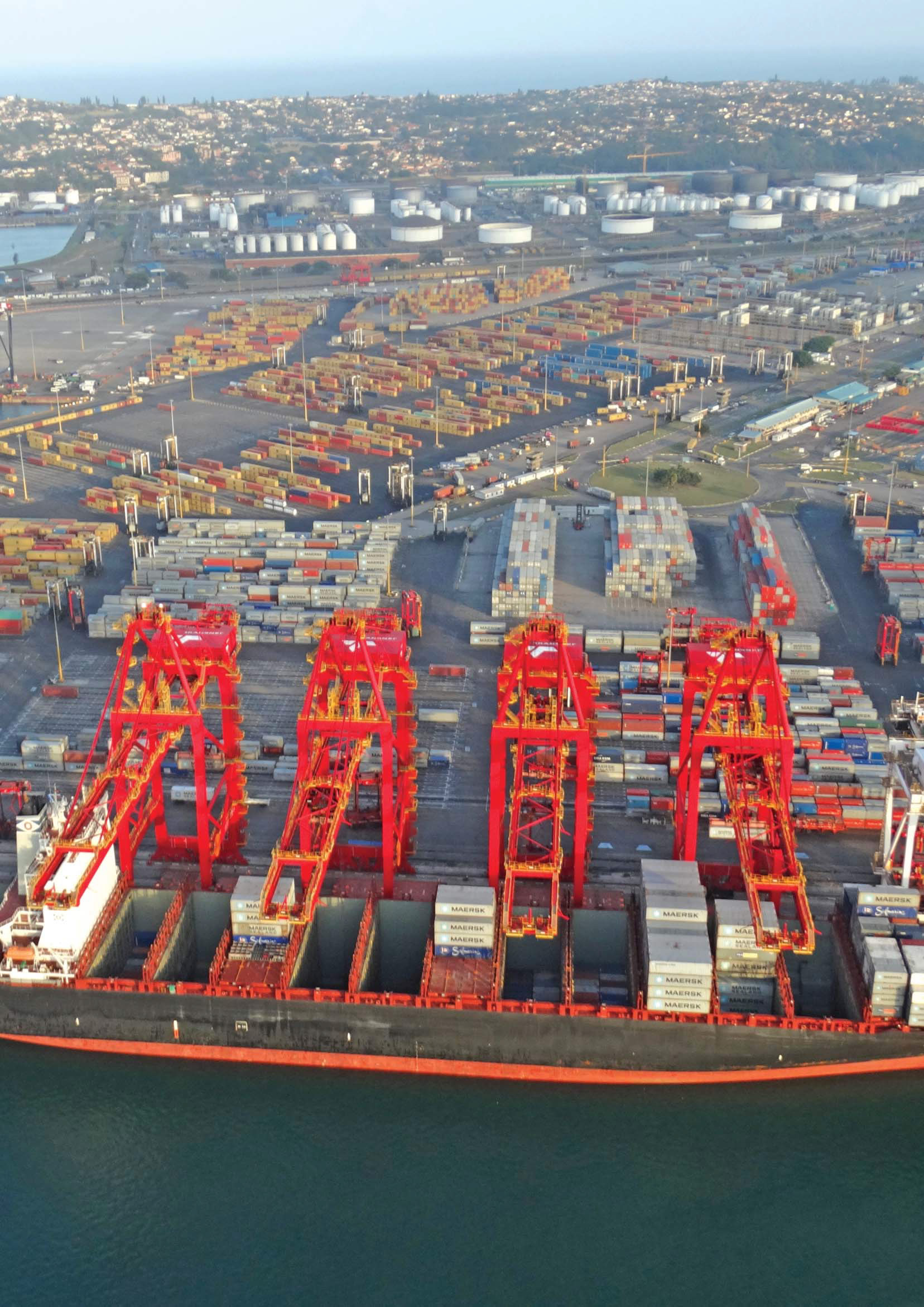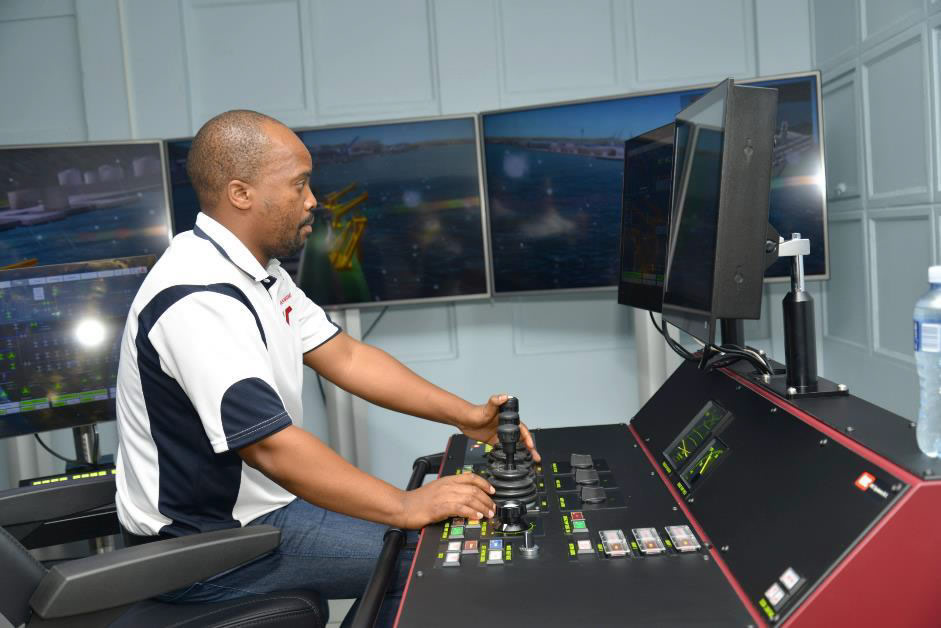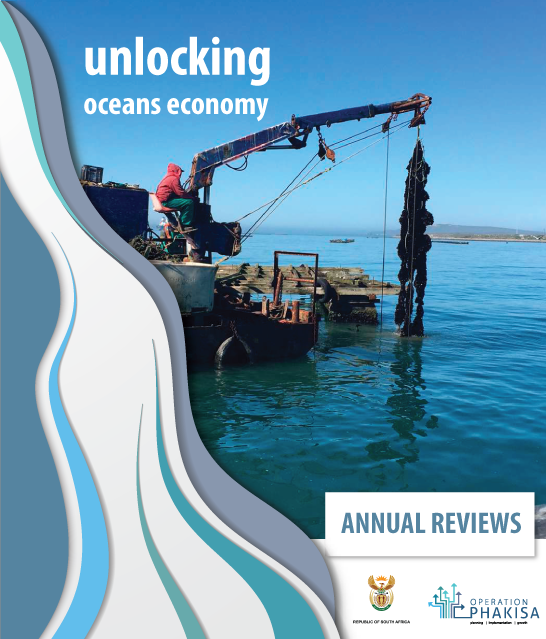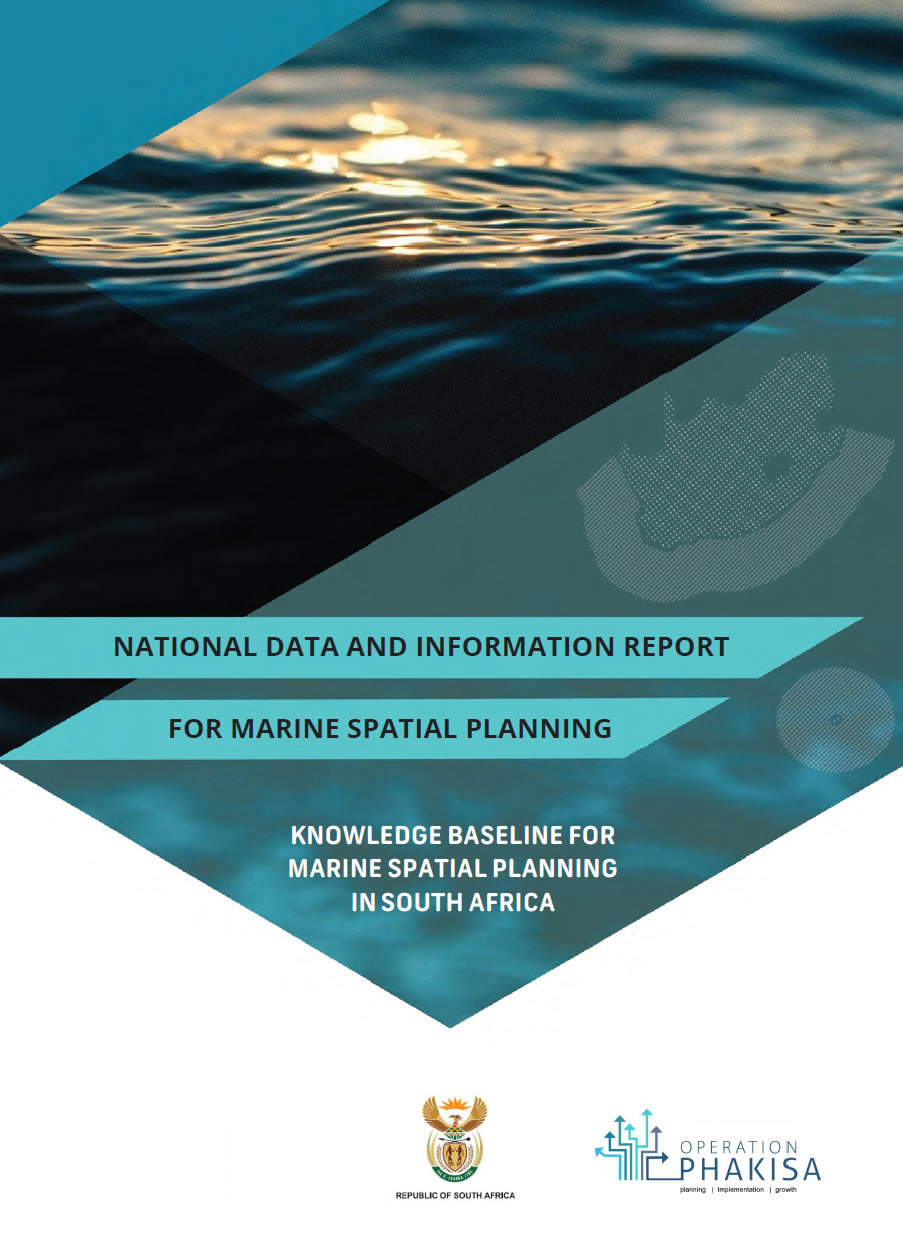OPERATION PHAKISA
OCEANS ECONOMY (OP-OE)
BIG FAST RESULTS APPROACH
TO HELP IMPLEMENT THE SA - NDP
Investing and doing business with Africa’s leading ocean economy
Operation Phakisa is a fast results delivery programme launched in July 2014 to help implement the National Development Plan (NDP), with the ultimate goal of boosting economic growth and to create jobs. The NDP is South Africa’s socio-economic development blueprint which enjoins us to create a better life for all citizens in an inclusive society.
The NDP guides all sector plans and policies; programmes; projects and operations – including how budgets, skills and other resources are allocated to move South Africa forward.
The Operation Phakisa's results-driven approach involves setting clear plans and targets, on-going monitoring of progress and making these results public. The methodology consists of eight sequential steps. It focusses on bringing key stakeholders from the public and private sectors, academia as well as civil society organisations together to collaborate in: detailed problem analysis; priority setting; intervention planning; and delivery
These collaboration sessions are called laboratories (labs). The results of the labs are detailed (3 foot) plans with ambitious targets as well as public commitment on the implementation of the plans by all stakeholders. The implementation of the plans are rigorously monitored and reported on. Implementation challenges are actively managed for effective and efficient resolution.
STARTING POINT
MOVING FASTER IN MEETING GOVERNMENT'S TARGETS
Operation Phakisa represents that spirit of moving faster in meeting government’s targets. South African Government’s starting point was that South Africa is surrounded by a vast ocean which has not fully taken advantage of the immense potential of this untapped resource. The oceans have the potential to contribute up to 177 billion rand to the gross domestic product (GDP) and create just over one million jobs by 2033.
To further explore this potential, Operation Phakisa brings teams from government, labour, business, academia and other sectors to work together in experimental laboratories, to explore all possibilities and further unlock the potential of our country’s vast coastline. Operation Phakisa focuses on unlocking the economic potential of South Africa's oceans, which could contribute up to R177 billion to the GDP by 2033 and between 800 000 and 1 million direct jobs. Forty seven (47) detailed initiatives have been identified, which on implementation, will increase the oceans economy's GDP contribution.
FOCUS AREAS
KNOWN AS WORK STREAMS
By focusing on six priority growth areas, the Oceans Economy's intent is on unlocking the economic potential of South Africa's oceans, providing significant GDP growth and job creation potential. Two enablers, namely: skills and capacity building and; research, technology and innovation, support the six work streams.
MARINE TRANSPORT WORK STREAM
The focus area is moved from the premise that we have not exploited South Africa’s strategic location, infrastructure and skills base to accelerate growth of this sector. The teams have highlighted a concern that South Africa currently has no registered ships. This is in spite of the fact that each year, three hundred million (300 million) tons of cargo moves through our ports in imports and exports. In addition, 1.2 million tonnes of liquid fuels move along our coast, while the rapidly expanding offshore oil and gas activities require a supporting fleet of vessels. Another opportunity arises from our country’s location.
South Africa is ideally positioned to serve the east-west cargo traffic and the booming African offshore oil and gas industry, through marine manufacturing, which includes ship and rig repair, refurbishment and boatbuilding. Despite this competitive advantage, we currently capture only one % of the global market of ship repair and refurbishment. Of the eighty oil rigs estimated to be in the range of the Western Cape, only four rigs are serviced per year, showing significant potential for growth. As a solution, the marine transport work stream has developed eighteen initiatives across three categories, infrastructure and operations, skills and capacity building as well as market growth to accelerate sector growth.
EXPANSION OF SOUTH AFRICAN PORT CAPACITY
Some of the initial targets drawn up included firstly:
- An increase in the local manufacturing capacity through a ten % increase in the usage of local components for boat and ship building.
- An increase in the ship repair capacity in Richards Bay, thus creating two hundred (200) direct jobs.
- To create a dedicated occupational team for the sector within the Department of Higher Education and Training to drive alignment between theoretical and workplace learning.
- Increasing the amount of minerals exported on South African ships, which will create more than four thousand direct jobs. Some of the progress made already include the process of establishing a national shipping company, a partnership with South Korea.
OFFSHORE OIL GAS EXPLORATION STREAM
Offshore Oil and Gas Exploration has indicated that South Africa’s coast and adjoining waters have possible resources of approximately nine billion barrels of oil. This is equivalent to 40 years of South African oil consumption. We also have eleven billion barrels oil equivalent of natural gas, which is equal to three hundred and seventy five years of South African gas consumption. However, there is significant uncertainty about the extent of these resources.
This work stream has developed eleven initiatives. The team has set an ambitious target of drilling 30 exploration wells in 10 years.
Over the next 20 years, this work could lead to the production of three hundred thousand (370 000) barrels of oil and gas per day. This is approximately eighty % of current oil and gas imports. The result would be one hundred and thirty thousand jobs and a contribution of two point two billion US dollars (US $2.2 billion) to GDP.
DELIVERABLES BY SA GOVERNMENT
The South African Government is aware that it has to create the enabling environment to give industry the comfort to invest in this capital-intensive sector. The work stream has outlined some initial targets towards this goal.
GOVERNMENT HAS TO:
- Provide clarity and stability in the legislative framework governing offshore oil and gas, ensuring a “win-win” outcome for government, industry, and society.
- Build a “one-stop shop” within the Department of Mineral Resources to streamline and regulate the licensing process for offshore oil and gas exploration and production.
- Conduct emergency response drills also as industry to initiate the creation of a world-class oil spill response capacity in South Africa.
- Make the International Oil Pollution and Compensation Fund operational.
- Exploit research opportunities presented by offshore oil and gas explorations that will unlock data ecosystems, marine resources, and ocean related renewable energy.
The South African Government has welcomed these initiatives and proposals.
AQUACULTURE WORK STREAM
The aquaculture work stream has underlined the high growth potential of South Africa’s aquaculture sector due to increasing demand for fish. While aquaculture contributes to almost half of the global fish supply, it contributes less than 1% of South Africa’s fish supply. The sector offers significant potential for rural development, especially for marginalised coastal communities. This work stream has identified eight initiatives to spur the growth of the sector. One initiative set to address the selection and implementation of 24 projects across South Africa.
These projects were expected to grow the aquaculture sector’s revenue from about half a billion rand today, to almost R1.4billion. Three further aquaculture initiatives relate to the creation of an enabling regulatory environment, including the establishment of an Inter-Departmental Authorisations Committee. The committee co-ordinates aquaculture applications and approvals. The intention is to reduce processing time from the current periods of about 890 days to 240 days in future. Other initiatives focus on funding support, increasing the skills pool and awareness and improving access to markets.
AQUACULTURE PHOTOBOOK
By 2016, twenty four (24) initial catalyst projects were registered on the aquaculture lab. More projects were accepted as part of the Aquaculture Operation Phakisa where thirty two (32) projects were registered. Thirteen projects discussed in detail became operational within 2 years since the launch of Operation Phakisa and were already on track in terms of implementation plans. [PDF - 5.92 mb]
RECIPE BOOK
This collection of recipes aims to help develop an appreciation for the nutritional value and unique taste of locally farmed fish and shellfish. The following dishes are a collection supplied by current aquaculture farmers based all over the country. [PDF - 3.6 mb]
MARINE PROTECTION SERVICES AND OCEAN GOVERNANCE WORK STREAM
They looked at South Africa’s jurisdiction over a very large exclusive economic zone, with an extent of one and a half million square kilometres. With such a large ocean jurisdiction, effective governance is critical but will be challenging given the size and complexity of our oceans. This work stream undertook the task of developing an overarching, integrated ocean governance framework for the sustainable growth of the ocean economy. The work stream identified 10 initiatives for implementation, including the development and implementation of an overarching governance plan.
The plan entailed the protection of the ocean environment from all illegal activities and to promote its multiple socio-economic benefits. The team also proposed the delivery of a National Marine Spatial Planning Framework in order to enable a sustainable ocean economy.
SMALL HARBOURS WORK STREAM
This work stream is aimed at development of un-proclaimed small harbours that have potential for both harbour infrastructure, marine and offshore aquaculture, small towns precinct development, tourism and EPWP job creation in Boegoebaai, Cape St Francis, Hibberdene, Port Alfred, Port Edward, Port Grosvenor, Port Nolloth, Port Shepstone and Port St Johns. The small Harbour Tune-up has indicated that it could create 12 000 new jobs and contribute to the gross geographic product by R6 billion.
COASTAL AND MARINE TOURISM WORK STREAM
The coastal and marine tourism work stream aims to identify the high impact, coastal tourism initiatives, interventions and projects, analyse the current and potential future contribution of coastal and marine tourism to non-urban coastal tourism.
ENABLERS
SKILLS AND CAPACITY BUILDING
The South Africa International Maritime Institute (SAIMI) was established to coordinate all skills and capacity building activities for all Operation Phakisa Oceans Economy. The Department of Higher Education made available an allocation of R296 million for the establishment and funding of the National Cadet Programme. Twenty five (25) new ccupational qualifications were developed for entry-level seafarers for delivery at seven public technical and vocational education and training (TVET) colleges.
RESEARCH, TECHNOLOGY AND INNOVATION
The Department of Science and Innovation plays a role in enabling research in maritime environmental studies. The South African Marine Research and Exploration Forum (SAMREF) was launched at the Two Oceans Aquarium in Cape Town. SAMREF facilitates new collaborative offshore studies to increase knowledge of the offshore marine environment related to renewable energy potential, marine biodiversity and ecology, climate change and ecosystem functioning, as well as mitigating the policy conflict between developing oil and gas sector and the development of a low-carbon economy.
PHAKISA ANNUAL REVIEWS
DFFE is the lead department for the oceans economy aquaculture focus area and its deliverables. The lab concluded that South Africa’s aquaculture sector has a high growth potential due to an increasing demand of fish products due to the increasing global population; increasing income by the middle class in developing countries and more awareness on the dietary benefits offered by fish products. Moreover, the capture fisheries yield has been plateauing over the past decade while aquaculture continues to grow over 7.5% per annum. This growth is expected to continue at a higher rate in the future.
PHAKISA RELATED RESEARCH
NATIONAL DATA AND INFORMATION REPORT FOR MARINE SPATIAL PLANNING:
KNOWLEDGE BASELINE FOR MARINE SPATIAL PLANNING IN SOUTH AFRICA
AUGUST 2021 [PDF - 8.31 mb]
This National MSP Data and Information Report for the South African MSP process gives a description of how the different sectors are currently using the South African ocean space and how they intend to continue using the ocean space in the future in order to meet their sectoral objectives. The document draws together sectoral information in order to generate a better understanding of the current and future interests of relevant marine activities in the South African marine space. In doing so it conveys a multi-sector perspective and serves as the foundation for the development of Marine Area Plans in South Africa.


